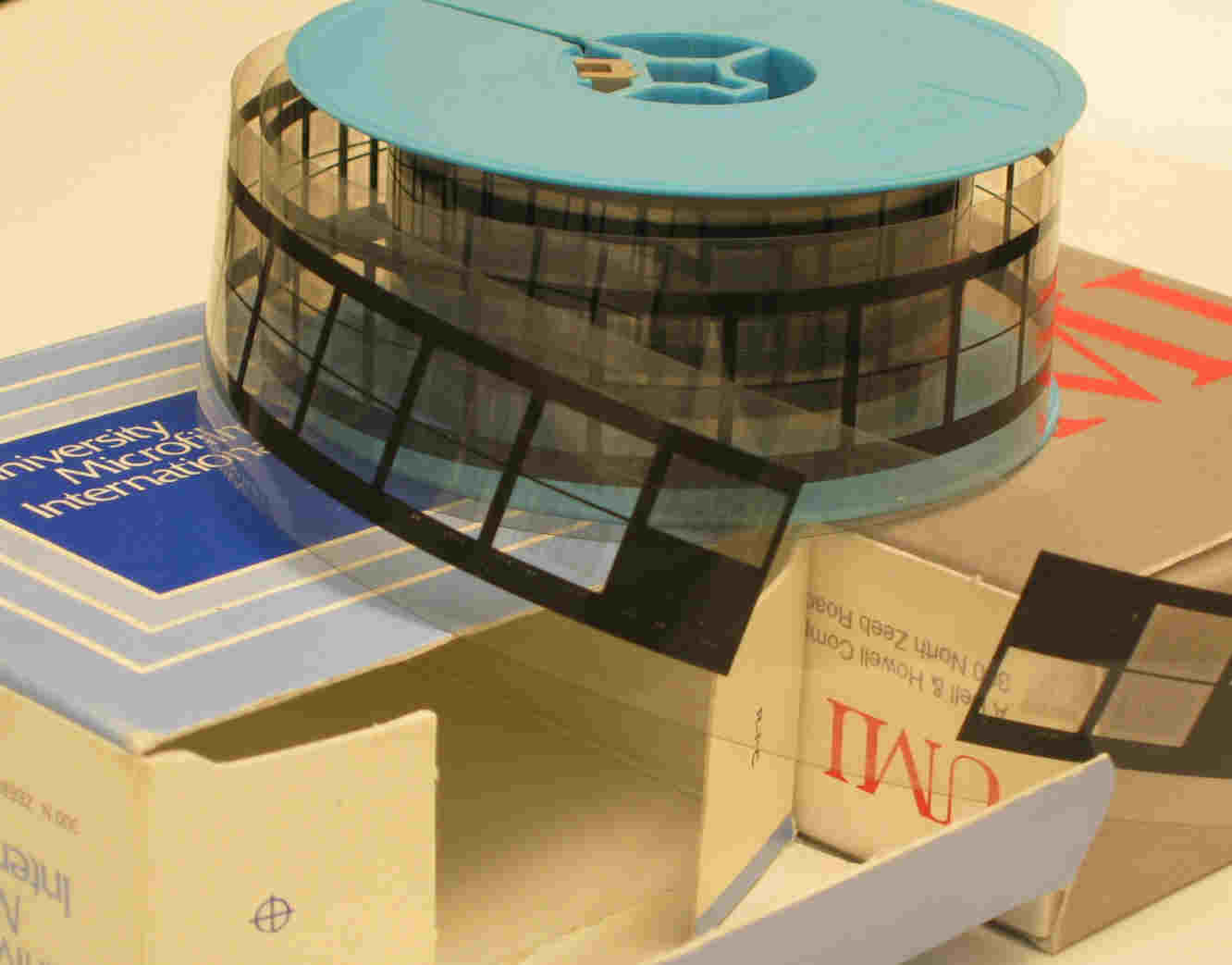Historical Timeline for Use of Microfilm as a Preservation Medium

1930s
Microfilm emerged as a modern means of preservation and access.
1940s
During WWII, the Interdepartmental Committee for the Acquisition of Foreign Publications (IDC) microfilmed nearly 82,000 published items.
1982
National Endowment for the Humanities (NEH) initiated funding for the United States Newspaper Program (USNP), a national effort to preserve newspapers published from the eighteenth century on microfilm.
1980s
With the advent of computers, computer output microfilm (COM) emerged as a tool for records management.
1980s
International standards for archival qualities of preservation film developed under the National Information Standards Organization (NISO), the Association for Information and Image Management (AIIM), and the International Standards Organization (ISO).
1988
Brittle Books Program mandated by United States Congress. NEH provides grants for preservation of brittle volumes on microfilm.
1992
Research Libraries Group (RLG) Preservation Microfilming Handbook was published. RLG and the American Library Association (ALA) established procedures for creating film that meet or exceed archival standards
1992
Don Willis' 1992 report to the Commission on Preservation and Access (CPA), A Hybrid Systems Approach to Preservation of Printed Materials. Willis proposed a hybrid approach for preservation that uses the strengths of both digital technology and microfilm.
1991-1995
Yale University spearheaded Project Open Book to test conversion of preservation microfilm frames to digital images based on the premise that high contrast 35mm microfilm, produced according to ANSI/AIIM specifications to a Quality Index of at least 5 (on a scale of 1 to 8) has the equivalent digital resolution of 800 dpi (Conway, 2000). Conway concluded that as the quality of microfilm scanning technology is improving and per-image costs are declining, digital image conversion of text based materials is technically feasible and economically competitive with other conversion technologies. However, further research is recommended for:
- Scratched or damaged film
- Continuous tone film
- Positive polarity film
- Third generation film
2003
RLG Guidelines for Microfilming to Support Digitization.
2005
NEH and the Library of Congress began the National Digital Newspaper Program (NDNP) using digitization to provide access to microfilmed USNP newspapers in an online database.
Numerous articles have been published in the last few years describing projects in academic libraries for digitization of microfilm to improve accessibility for researchers.